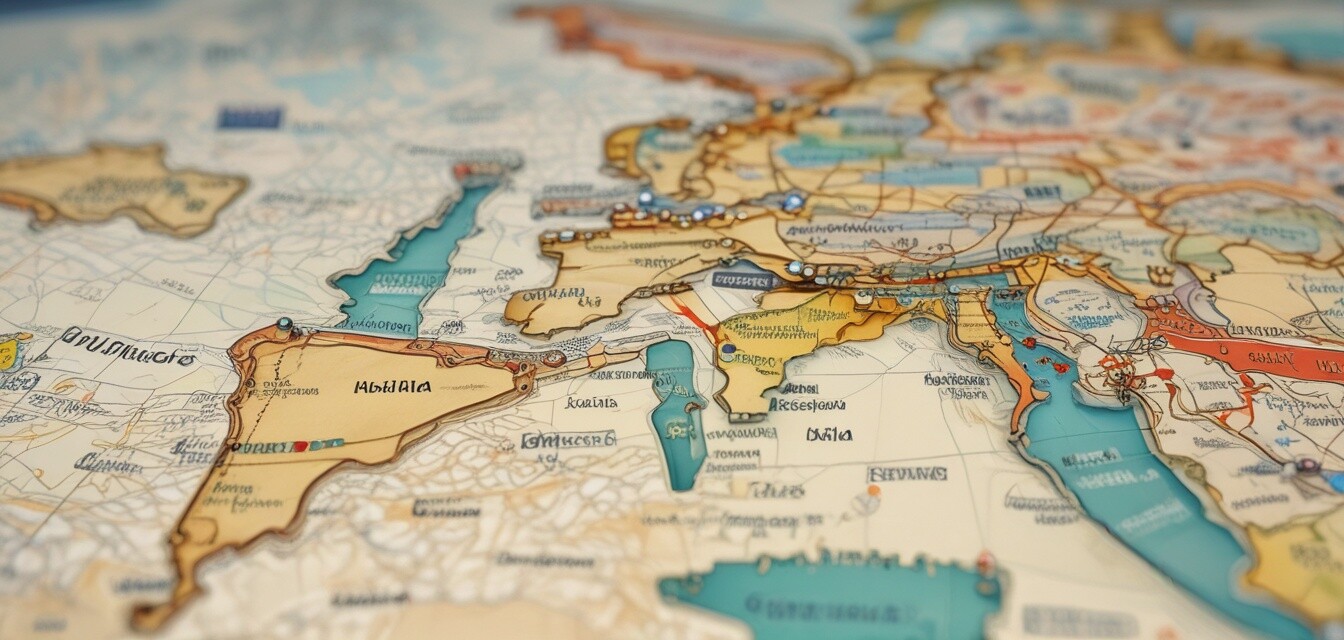
Understanding international SIM card plans
Key Takeaways
- Choosing the right international SIM card can enhance travel experiences.
- Understanding different plans helps avoid unexpected costs.
- Plans vary based on destination, usage, and duration of travel.
- Factors like data limits and coverage should be considered when selecting a plan.
- Having a SIM card can provide peace of mind while navigating foreign areas.
Traveling abroad can be exciting, but staying connected is essential. An international SIM card plan is a critical factor in ensuring you have seamless communication and internet access while venturing into new territories. In this article, we'll break down the different types of international SIM card plans available and guide you in making an informed choice based on your travel destinations.
What is an international SIM card?
An international SIM card is a cell phone SIM card that allows you to connect to mobile networks outside your home country. These cards facilitate communication and internet access while traveling, helping you avoid high roaming charges from your local carrier.
Types of international SIM card plans
International SIM card plans can generally be categorized into three types:
- Pay-As-You-Go (PAYG): Ideal for users who travel infrequently or only need a small amount of data.
- Monthly Plans: Suitable for long-term travelers who need consistent access to data and calls.
- Data-Only Plans: Perfect for travelers who primarily use messaging apps and social media, with no need for voice calls.
How to choose the right international SIM card plan
Selecting the best international SIM card plan hinges on several factors:
1. Destination
Not all SIM cards function in every country. Research your specific travel destinations to find out which SIM cards offer the best coverage. For a comprehensive guide on choosing the right connections, check out our Buying Guides section.
2. Duration of stay
If you're traveling for a short period, a PAYG plan may suit you best. For longer stays, explore monthly plans that provide better value.
3. Data needs
Evaluate your data consumption habits. Will you primarily use data for navigation and social media, or do you plan to stream videos? Understanding your data requirements helps in selecting an appropriate plan.
4. Local connectivity options
Researching local network operators in your destination country can provide insight into which SIM card might be the most reliable and economical. For insightful connectivity tips, consider visiting our Connectivity Tips category.
Comparison of international SIM card plans
| Plan Type | Best For | Average Cost | Data Limit | Voice Calls |
|---|---|---|---|---|
| Pay-As-You-Go | Short trips | Varies by region | Limited | Per minute charge |
| Monthly Plan | Long-term travelers | Higher cost | Higher data limits | Included or extra |
| Data-Only Plan | Data-heavy users | Moderate cost | High data limits | Not included |
Managing your international SIM card
Once you've chosen a suitable international SIM card plan, managing it effectively during your travels is crucial:
- Activation: Ensure your SIM card is activated before arriving in the destination country.
- Data Usage: Regularly monitor your data usage to avoid overage charges.
- Switching cards: Familiarize yourself with the process of switching between SIM cards, especially if you're using dual SIM devices.
- Troubleshooting: Keep contact information handy for customer service in case you encounter difficulties with connectivity.
Tips for using your international SIM card
- Check the compatibility of your phone with international SIM cards.
- Always carry your old SIM card for emergencies.
- Use local apps for navigation, messaging, and transportation to save data.
- Research Wi-Fi availability in your destination for supplementary access.
Pros
- Cost-effective communication while traveling.
- Easily accessible data for navigation and local information.
- Increased security compared to using public Wi-Fi.
Cons
- Not all SIM cards work in every country.
- Additional costs may arise from specific services.
- Limited customer service can be challenging.
Final thoughts
Understanding international SIM card plans is essential for successful travel. The right plan based on your destination, duration, and data needs can make a significant difference in your travel experience. For further insights on travel-related topics, explore our News and Trends blog category.